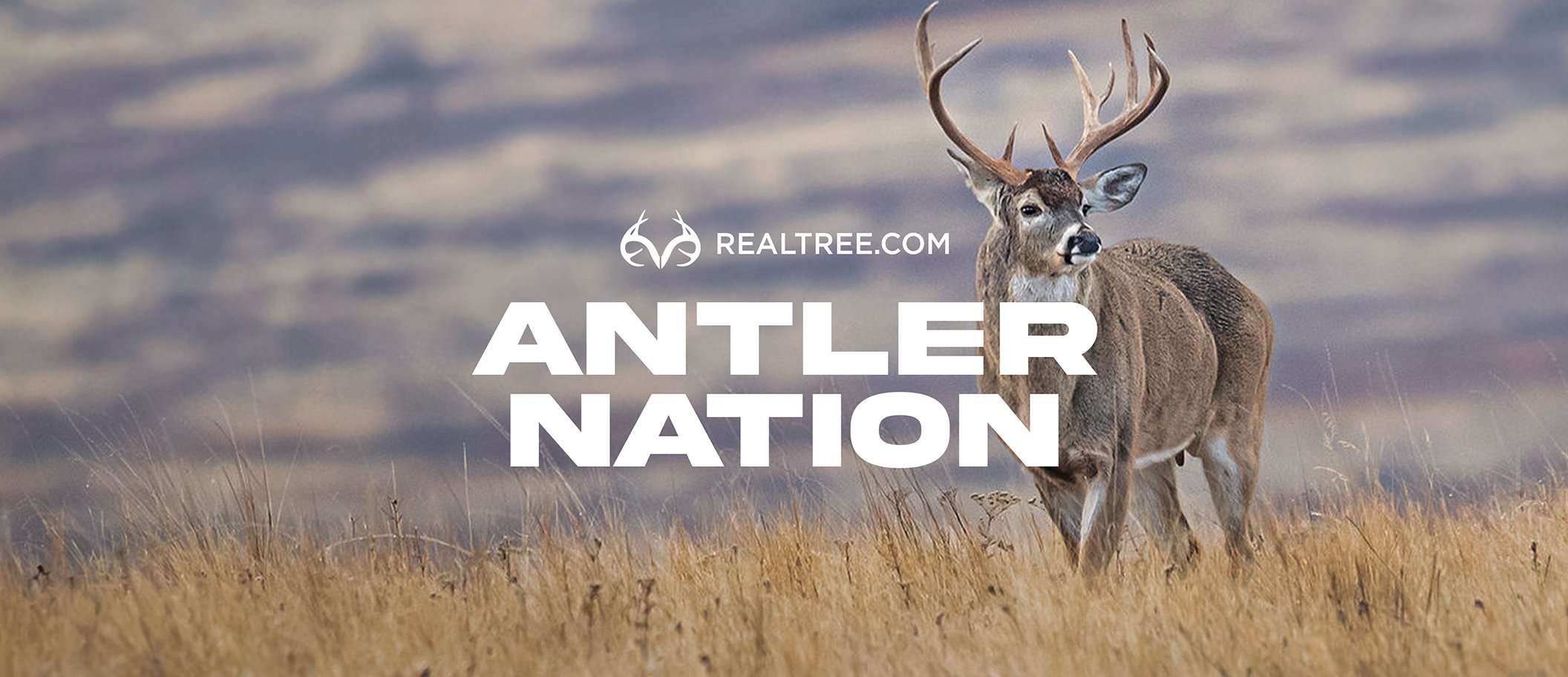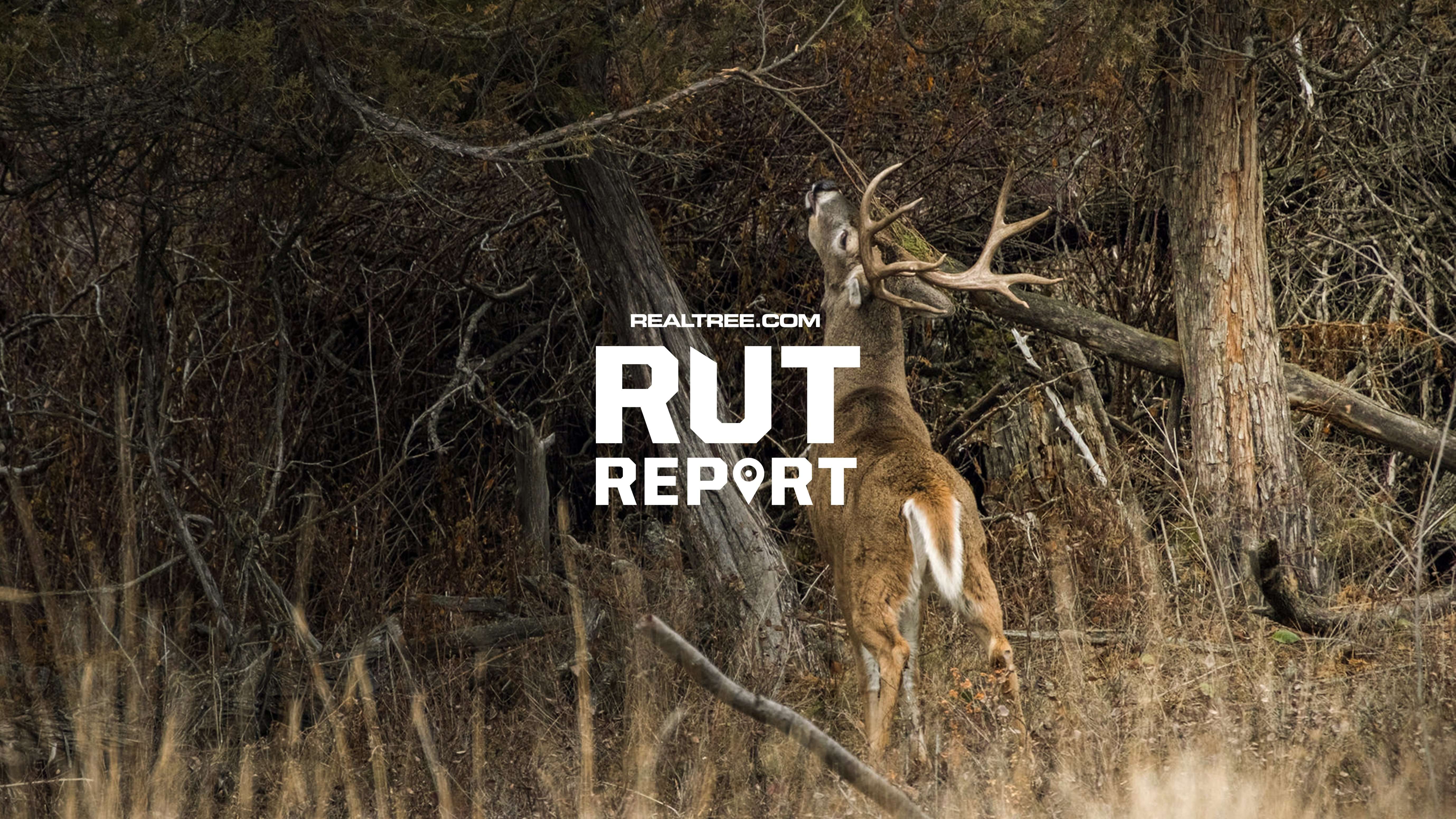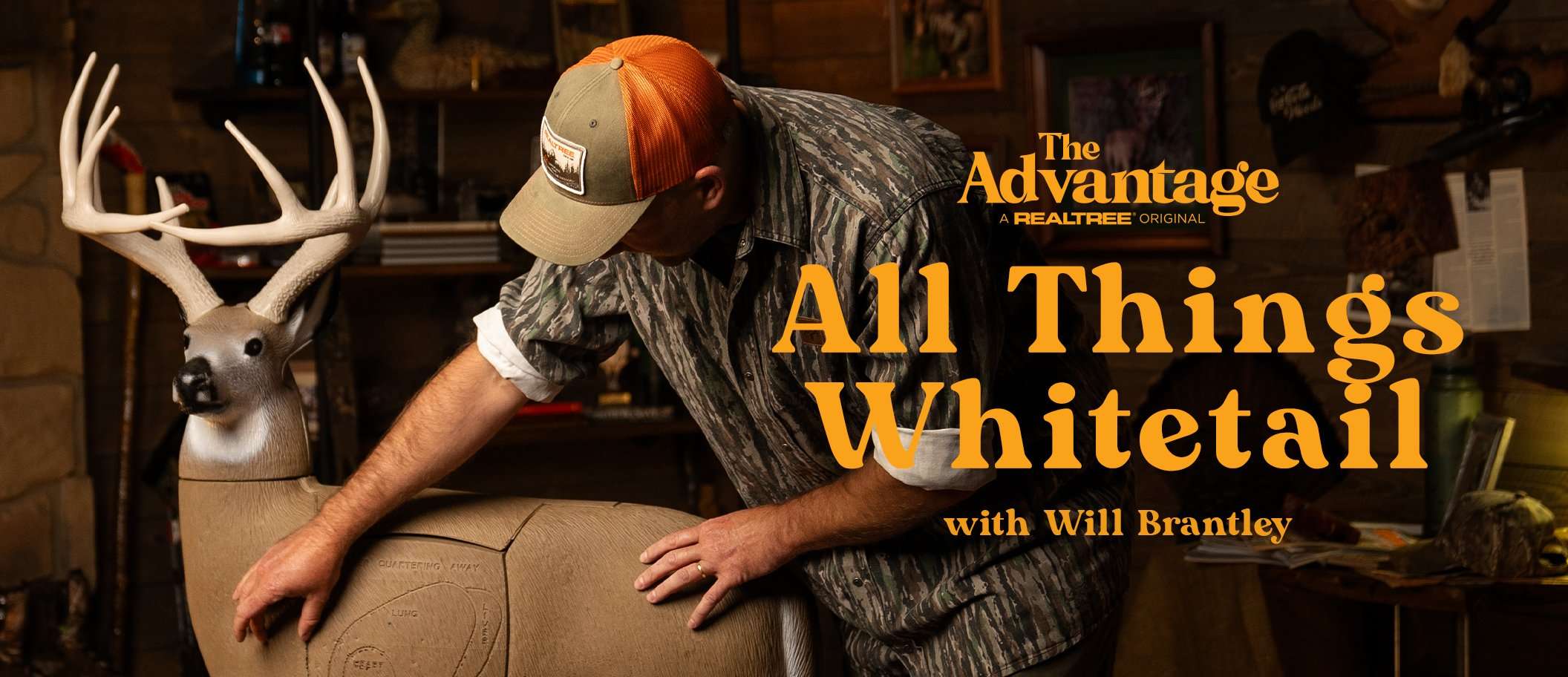A whitetail's anatomy, biology and behavior directly influences its non-verbal communication. Here's how
Has your momma ever given you that look with the lowered eyebrow and clenched jaw that said, "Get yourself in line or else?"
Yeah, most everyone has experienced that at some point. It's called non-verbal communication. It can be paired with any given emotion, but we seem to remember the aggressive stances the most.
Like other animals, whitetails communicate through vocalization, body language, and scent. A deer uses its whole body — ears, eyes, nose, hair, and tail. Whether used singularly or in combination, they serve to warn other deer of potential danger, identify family members, convey family relationships, help find mates, and express mood, status, and intent.
The average hunter is familiar with foot stomps and snorts from being busted by a deer, and grunts and bleats during the rut. But view the gallery to expand your knowledge of other ways whitetails communicate and how they can be taken advantage of in your hunting tactics this season.
Don’t Miss: Summertime Management for Growing Big Whitetail Bucks
STRIKING
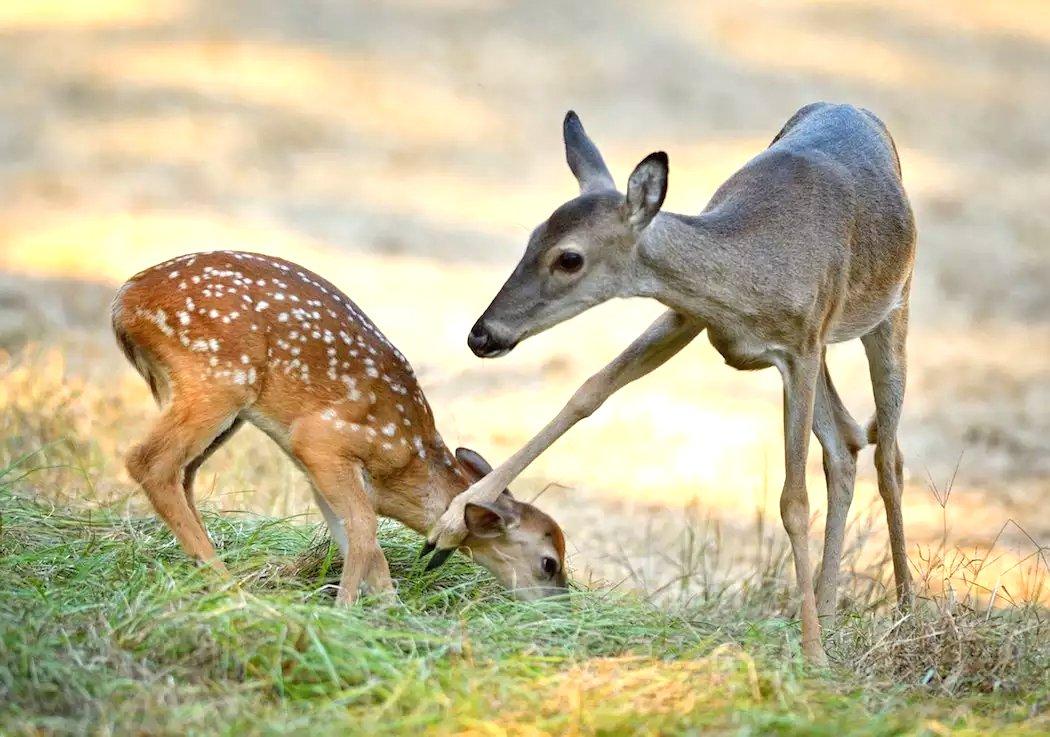
This fawn is learning herd hierarchy lessons, one swat at a time. The dominant deer raises its front foot and attempts to put it down on the other's neck or back.
THE EAR DROP
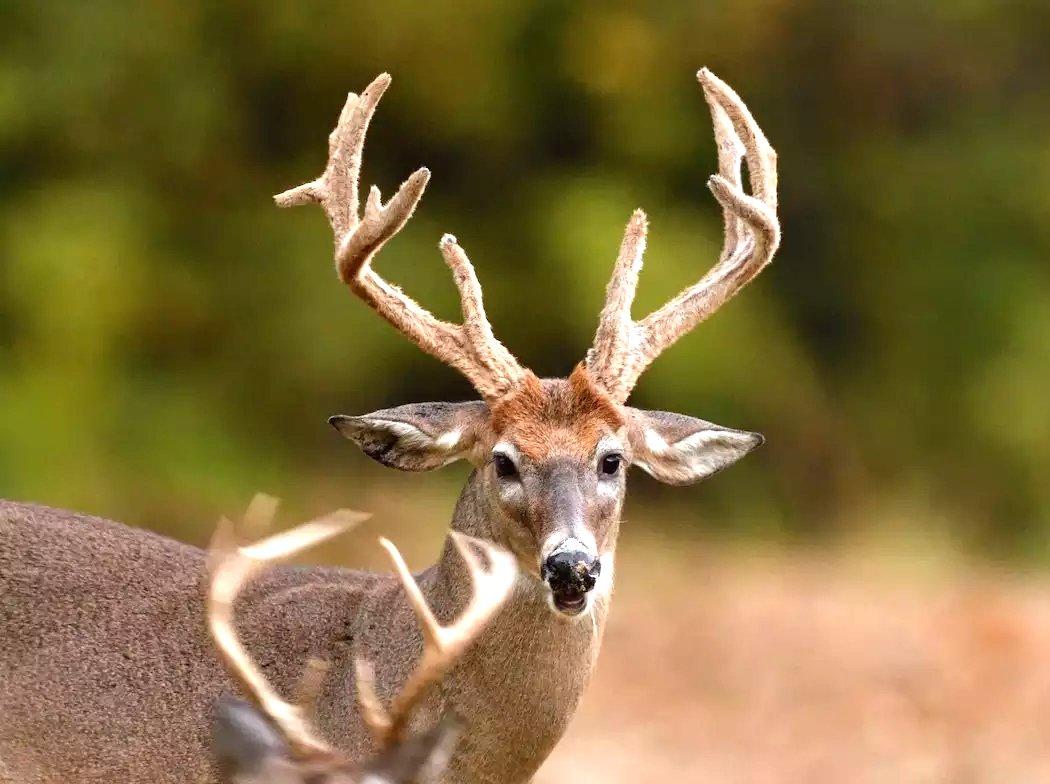
The ears are held outward from the body. It's the lowest form of threat as illustrated here between a mature buck and a young one. The ear position and a stern look conveys status. It is used frequently and by all deer in all seasons.
ALERT
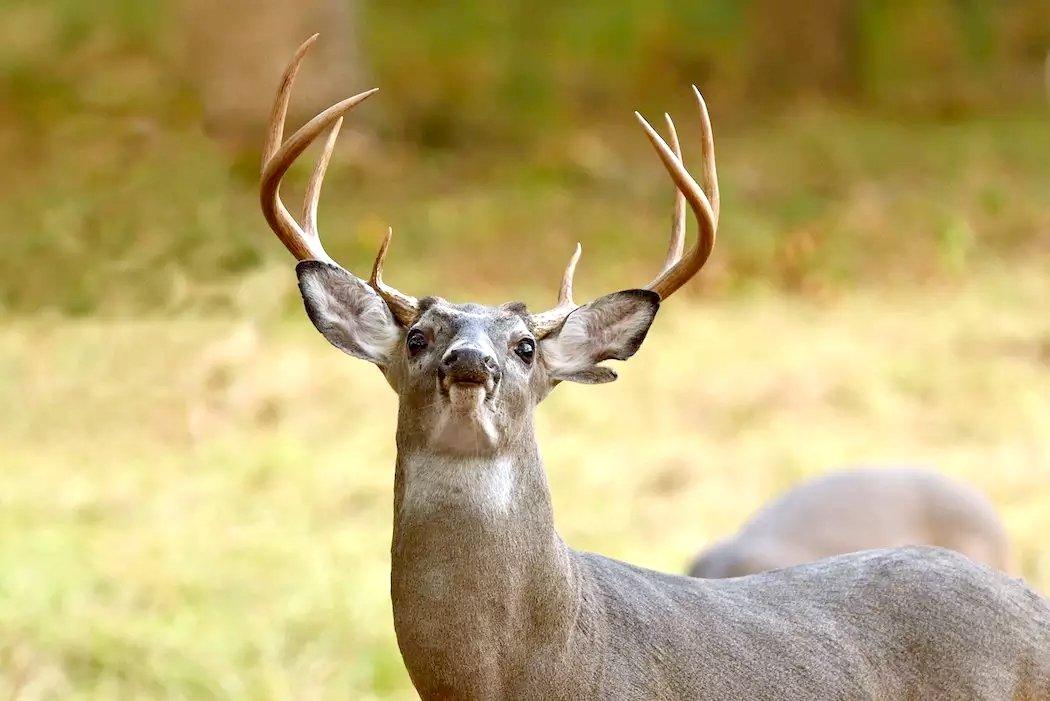
Busted! Every deer hunter who has been identified as the boogeyman by a deer knows this look. Alert ears forward are listening intently and facing the perceived threat. The nose is testing the limits of your scent-control system, and the eyes are laser focused for the slightest unnatural movement. Be still and pray for a shot opportunity if the animal doesn't bolt.
TAIL HALF-LIFTED
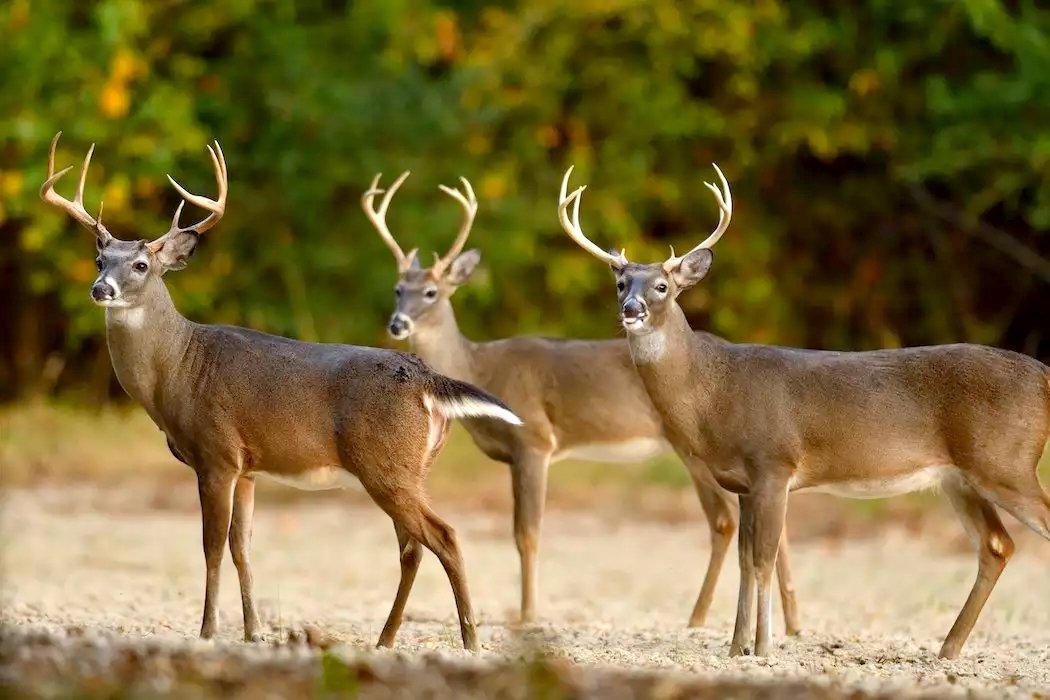
Deer live in groups, and within each is a dominant deer. Every other deer has a place in the hierarchy. This buck is dominant within an early fall bachelor group. Note this behavior when pre-season scouting to learn which bucks might dominate the area during the rut.
THE RADAR SWEEP
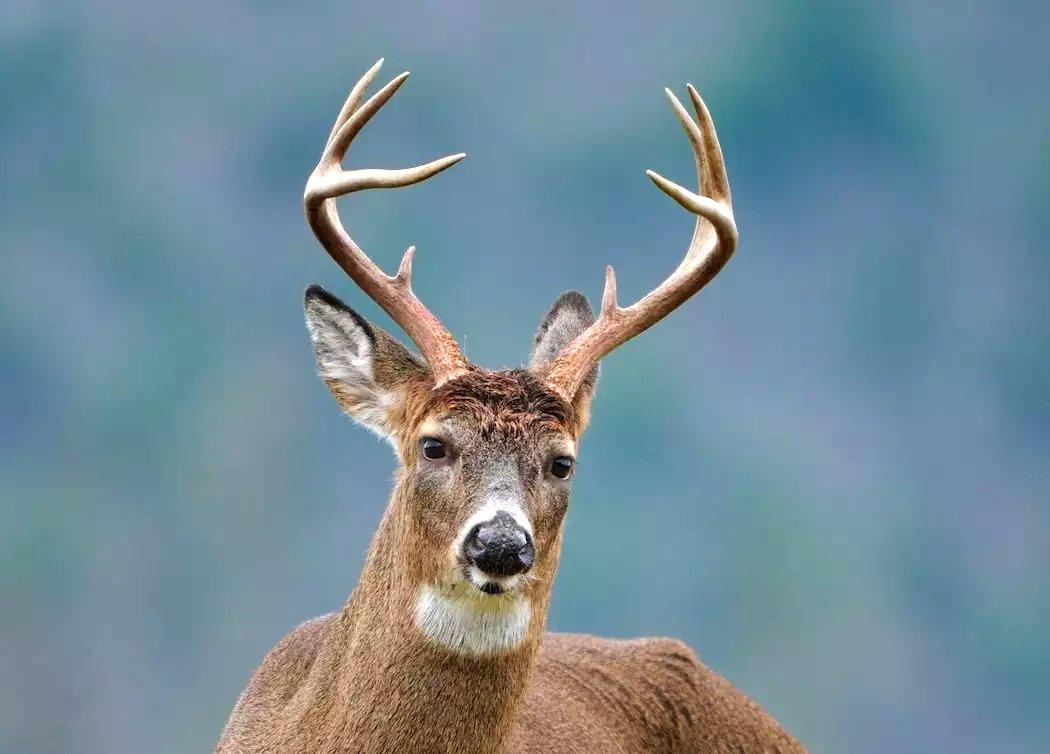
Deer rotate their ears listening in front and behind simultaneously, especially when bedded. Silence your movements and gear as much as possible — even when deer are looking away from your position. Use windy days to beat a deer's ears when stalking or still hunting.
Don’t Miss: Wardens Bust Wisconsin Man Who Tried to Enter Fraudulent 49-Point Buck Into Record Books
A HARD LOOK
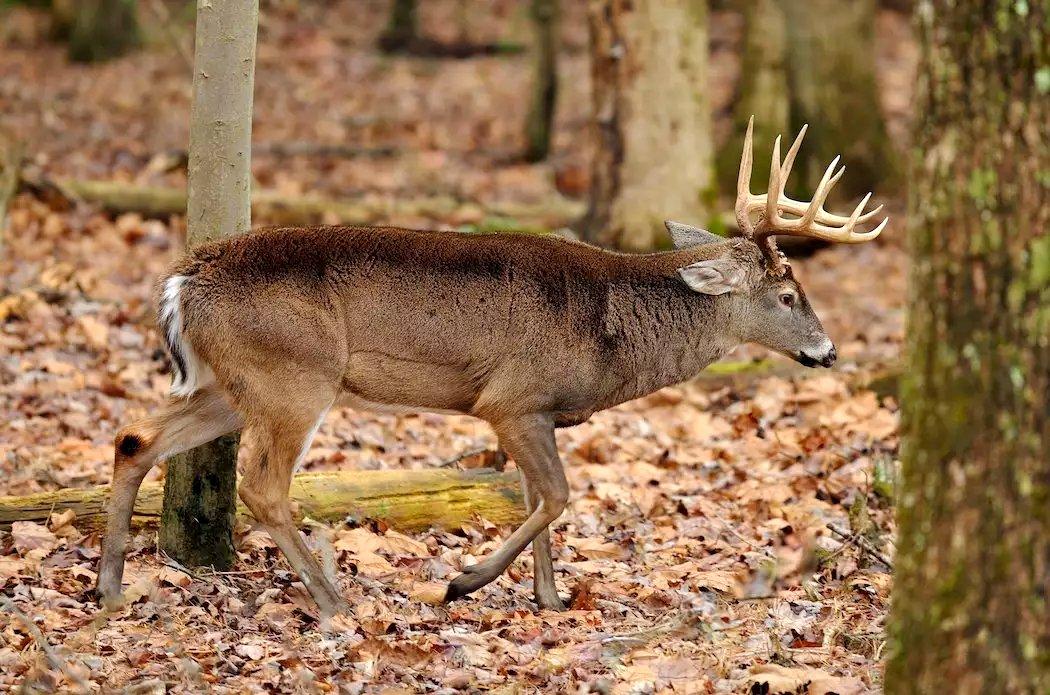
During the rut, a buck lowers its head, lays back its ears, raises its hair and stares at the offending deer for several seconds. Deer usually avoid eye contact, so this is a threatening display and might precede an antler rush during the rut. Be ready if you see a buck in this posture. Another buck is nearby.
SIDLING
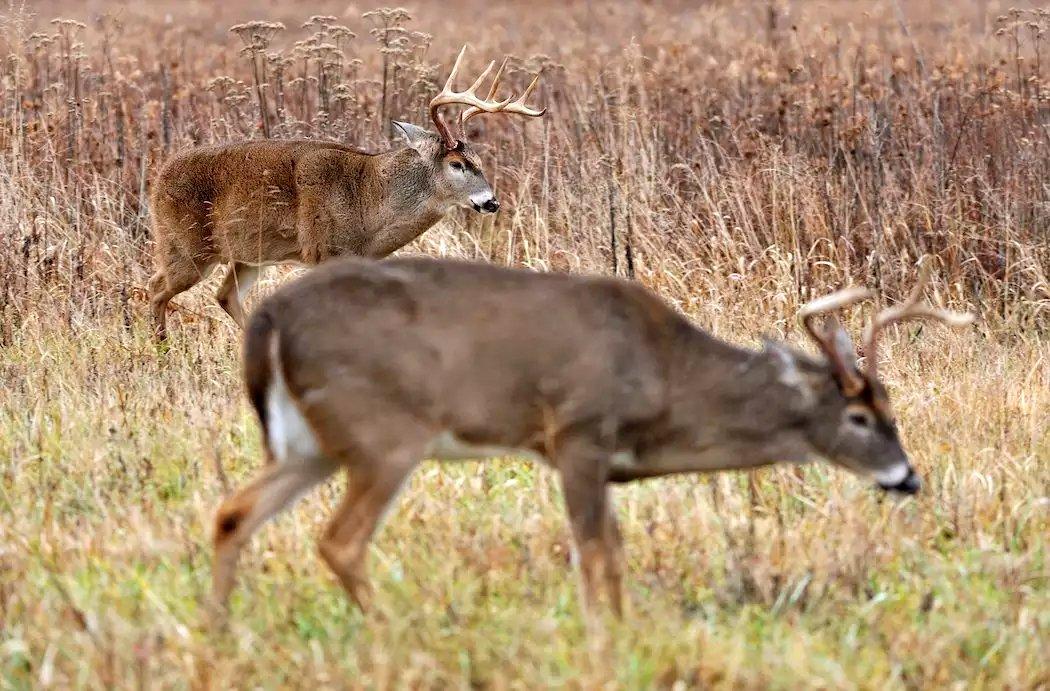
Rival bucks slowly approach and circle each other with heads held up, ears back, hair erect and their bodies at about 30-degree angles from each other. If one retreats, as in this photo, a confrontation is avoided. However, sidling usually precedes flailing or an antler rush.
TAIL AND RUMP FLARE
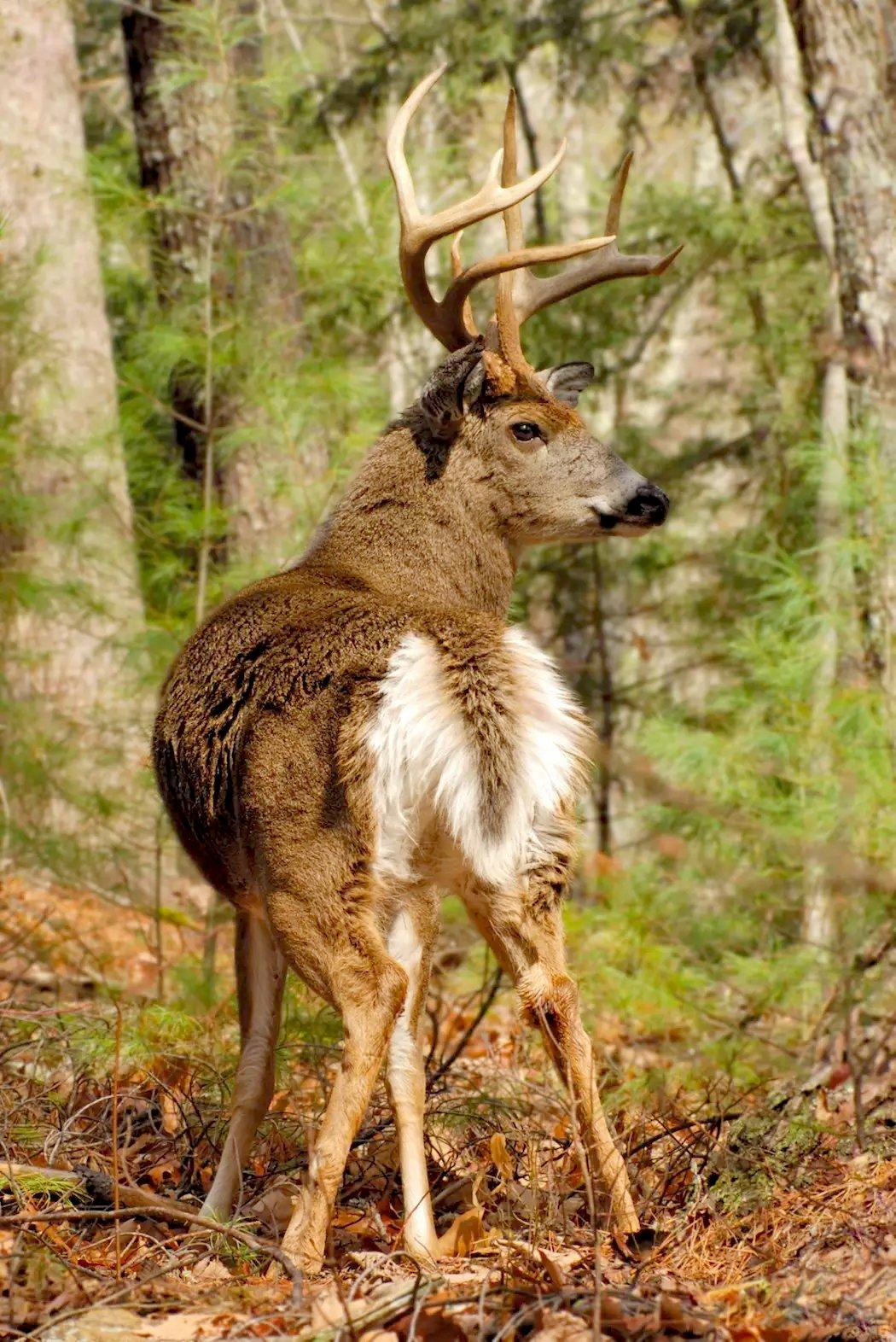
This indicates a high degree of alarm. This buck is signaling to other deer in the area that danger is near as a pair of coyotes passes by. Follow the deer's line of sight to identify the source of it's alarm. Be ready. The deer might be mere seconds away from bolting.
TAIL FLAT
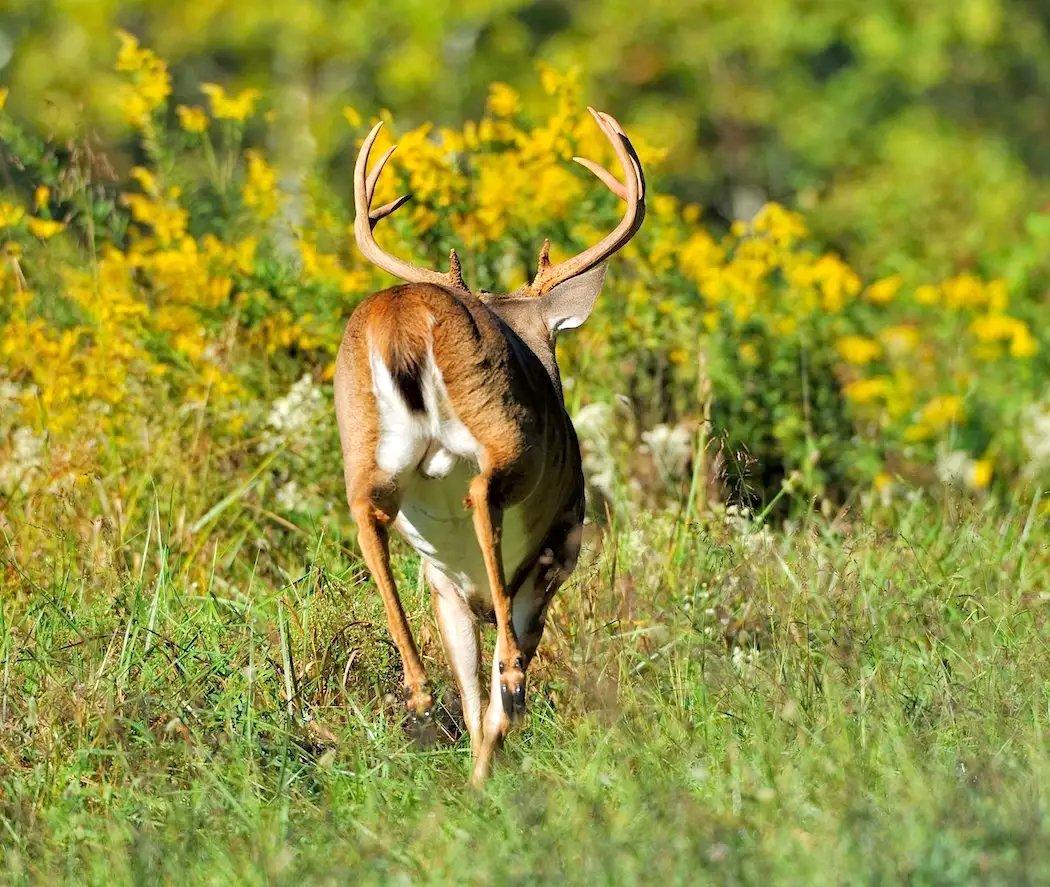
If hiding or greatly alarmed to danger at close range, a deer will press the tail flat so only the brown hairs are visible. It's also used when danger is at a long distance and there's an opportunity to escape undetected. Note a fleeing deer's tail position. Mature bucks sometimes keep their tail flat when vacating an area, attracting less attention.
TAIL FLAGGING
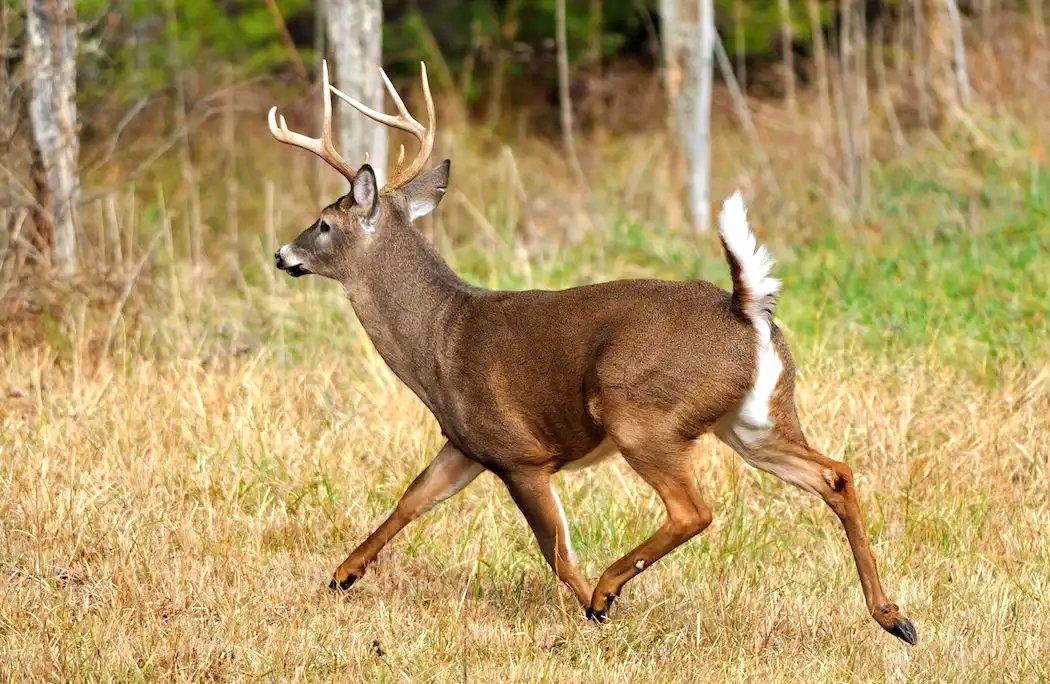
This usually signals the end of a hunt as deer run from perceived danger. The highly visible white tail is held upright and waved freely from side to side, exposing the white underside and rump patch. Tail flagging helps keep a group of deer together, especially in heavy brush or thickets.
Check Out Our Latest Camo Pattern: Realtree APX
TAIL SWISHING
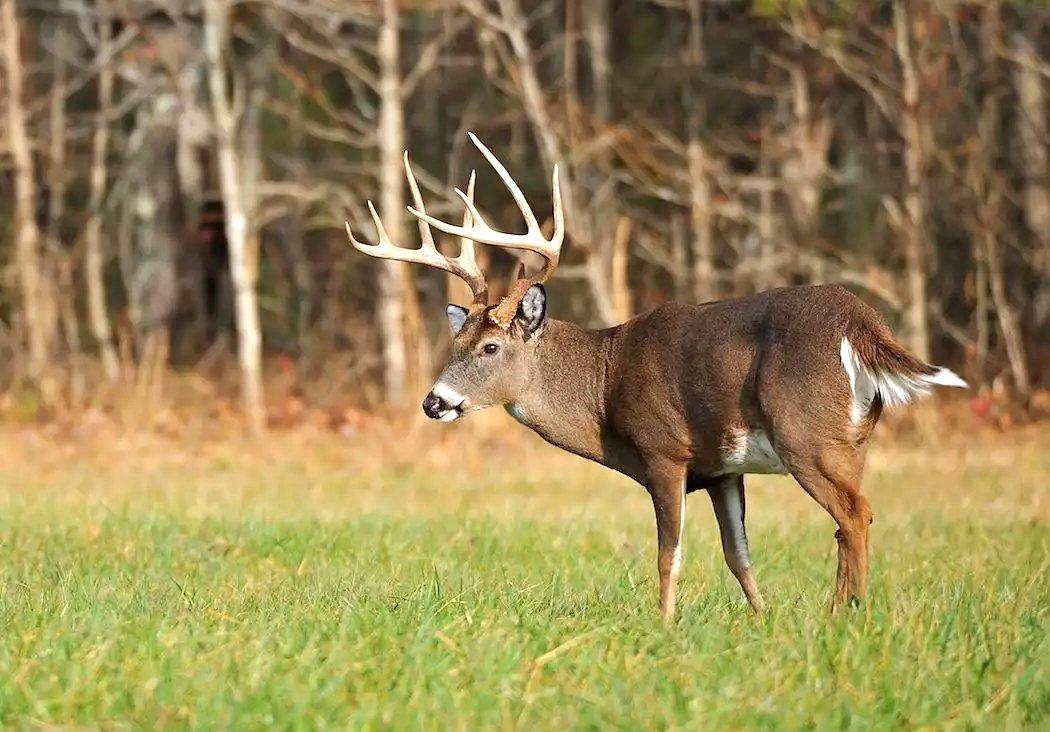
The all-clear signal is a casual, side-to-side tail wag that shows the deer has decided everything is OK. It tells other deer in the area that a threat has passed and they can come out of hiding. To avoid being detected, when hunting, hold up making movements when a feeding deer swishes its tail. It often will then raise its head to scan for danger.
THE FOOT STOMP
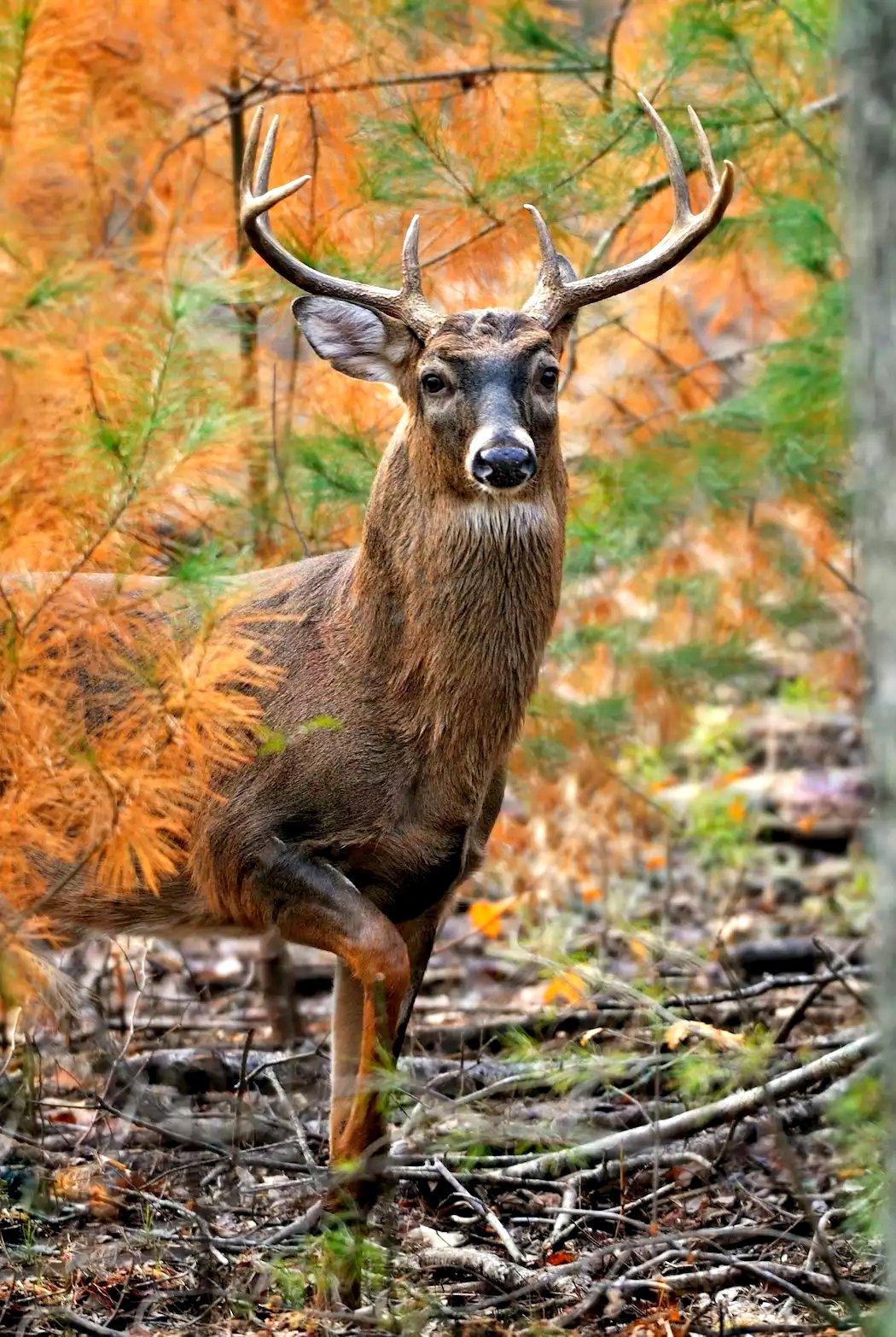
The dreaded foot stomp is used when a deer senses danger but can't identify the object of its suspicion, like a hunter. A forefoot is lifted slowly, held for a second, and then stomped forcefully downward releasing scent from the interdigital gland. This might be done repeatedly while the deer uses its eyes, ears and nose to identify the source of alarm. It tells other deer that potential danger is nearby. The vibrations can be felt over a long distance. The sound is heard over short distances. Be still. If the deer doesn't snort and bolt, consider sitting tight, especially during the rut, when deer are on the move throughout daylight hours.
TENDING FOOT STOMP
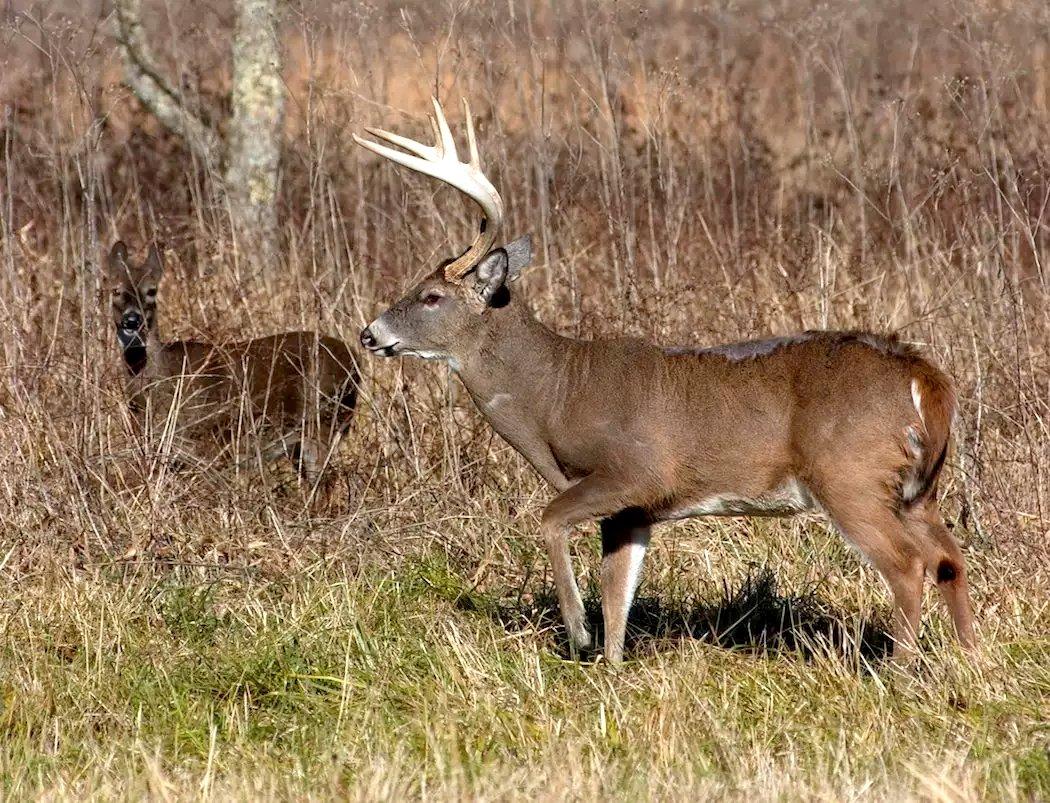
As a doe is coming into estrus, but not yet ready to breed, she often heads to thick cover to escape a buck's advances. This foot stomp occurs when an agitated, impatient buck stomps then rushes the doe in an effort to push her from cover. Bucks will sometimes snort wheeze at the doe, too, showing their agitation. Be ready for the pair to break cover and the chase to resume.
FLAILING
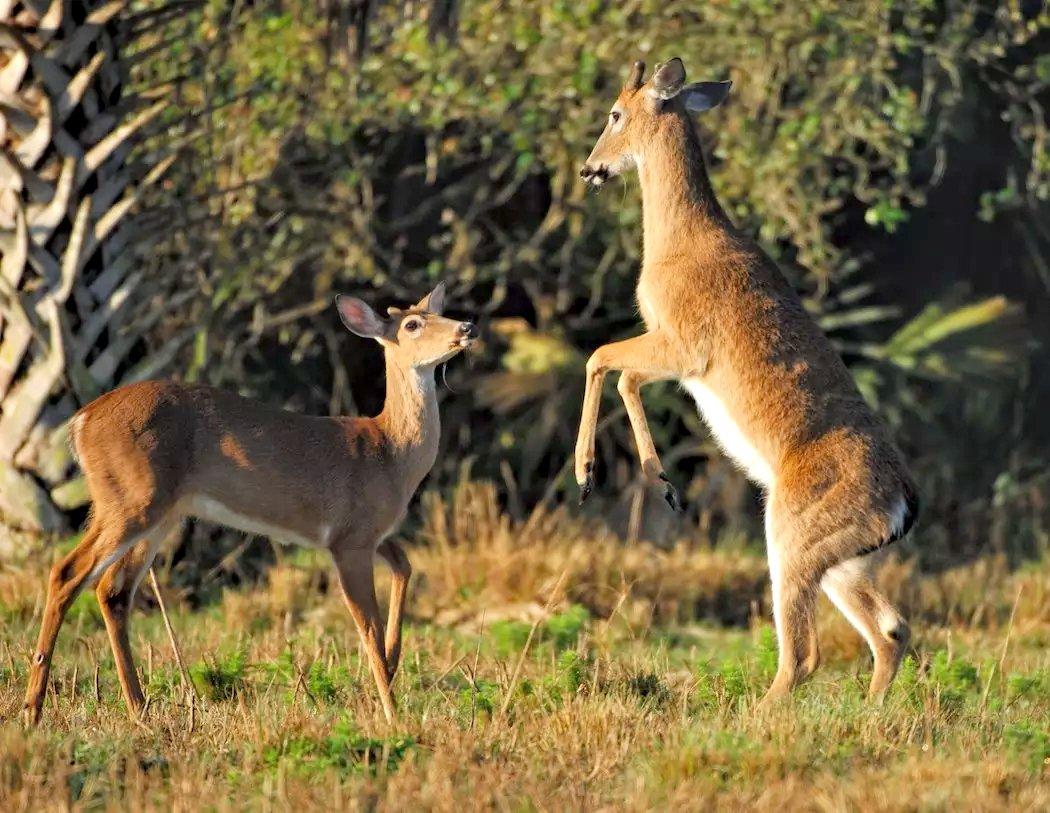
Deer rise up on their hind legs and strike at each other with front feet, similar to boxing. Contact is rare. But it can certainly happen.
FLEHMAN OR LIP CURL
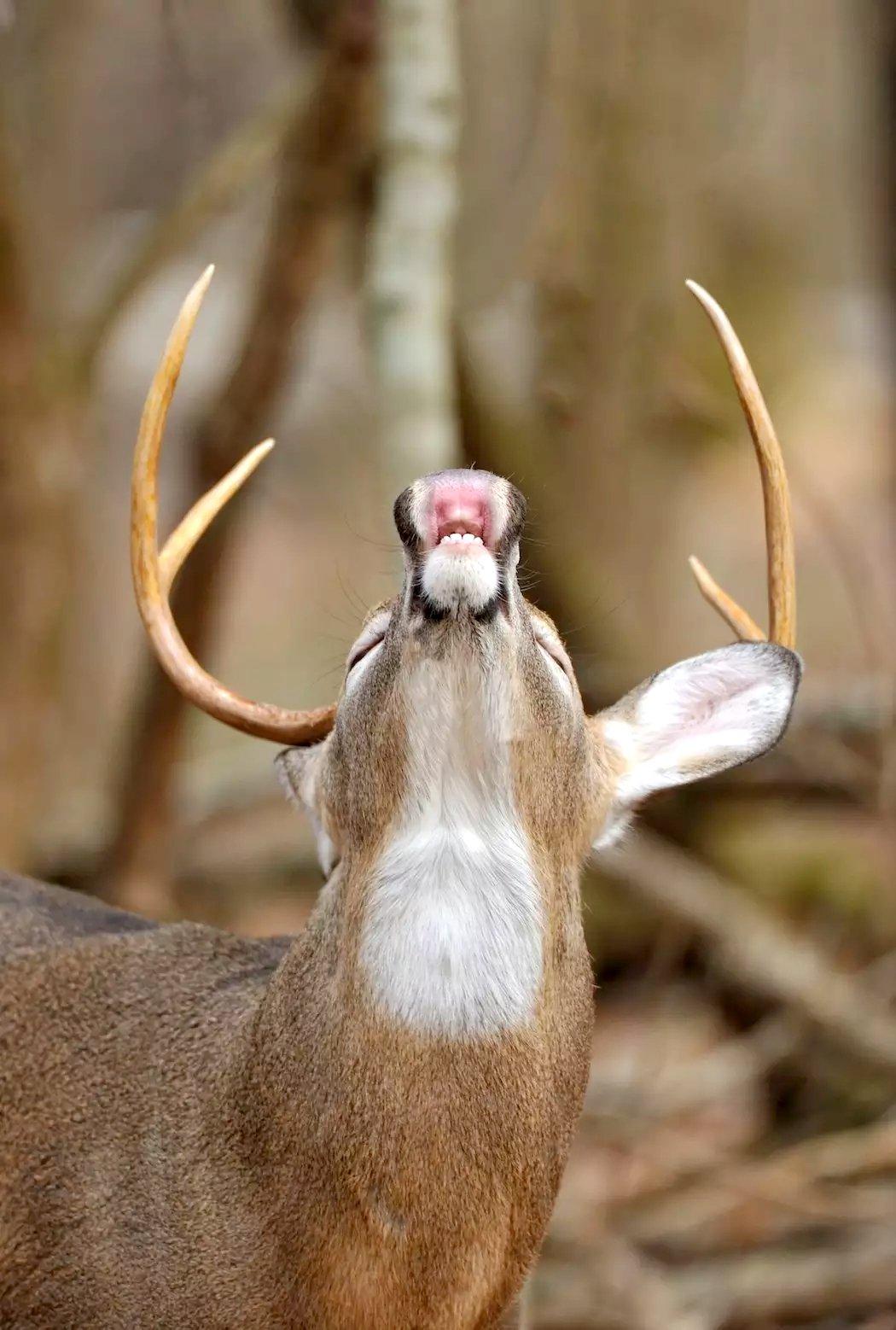
Lip curling occurs when a buck finds a place where a doe has urinated. The buck sniffs the spot then extends his neck and chin to about a 45-degree angle and curls back its upper lip and nostrils for several seconds. This action exposes the vomeronasal organ located in the roof of the mouth, which helps elevate a buck to peak testosterone levels.
Don’t Miss: When is It OK to Hunt a Property Line?
ANTLER THREAT
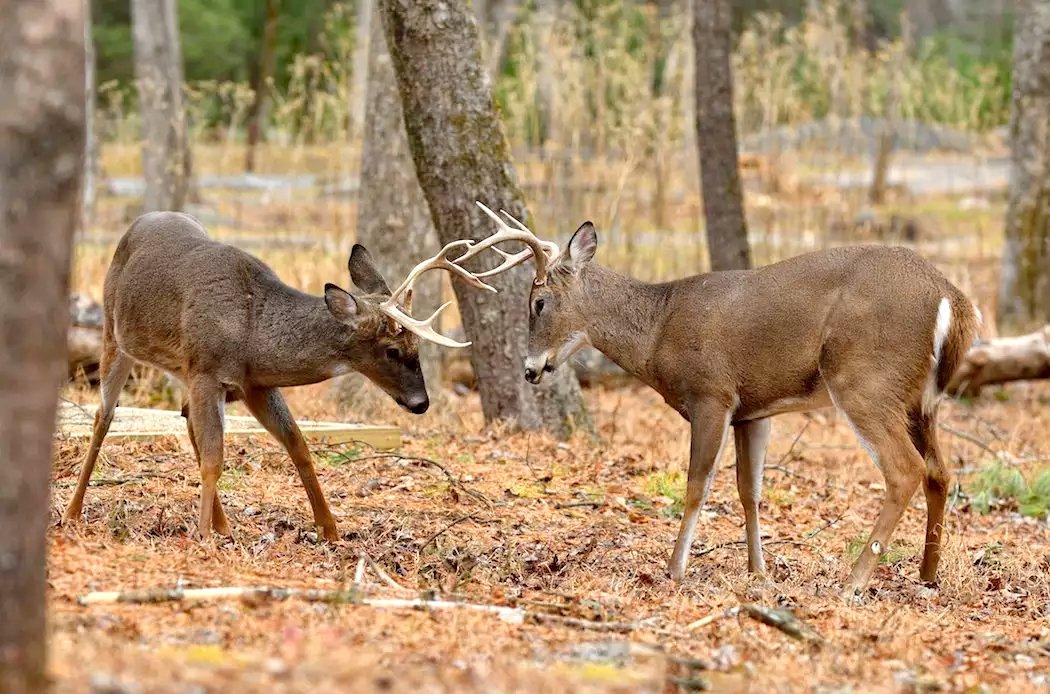
One buck lowers its head and points its antlers directly toward its rival. This signals the intent to charge. If the opponent responds with an antler threat, sparring or antler rush ensues. Two mature bucks battling for breeding rights can be one of nature's most dramatic displays. Make your move while the bucks are engaged.
BUCK RUN
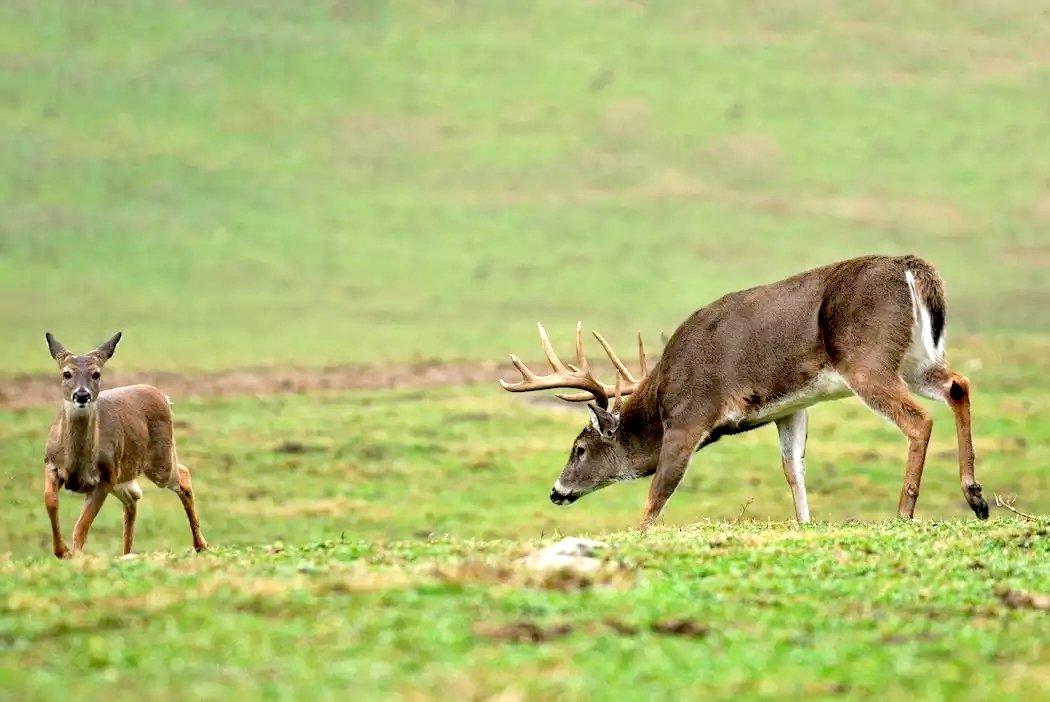
The buck pictured, with neck extended and head low, is closely following a doe. He makes long, low tending grunts, blows and wheezes during the chase. Bucks chasing does often have a low profile. Be observant and don't expect to see them in a more visible bounding gait.
BLOWING OR SNORTING
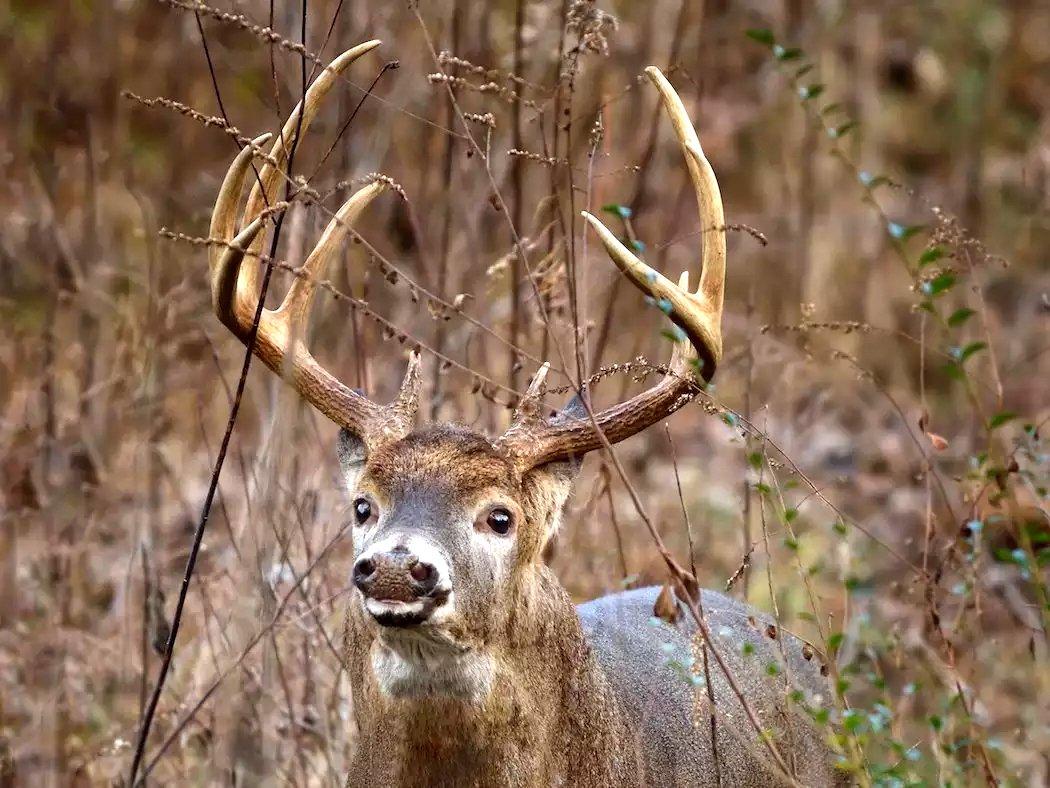
Deer alert other deer to danger over a wide area. When blowing, deer forcibly exhale air through the nostrils repeatedly in drawn-out "whooshes." As the deer turns to bound away, it makes single, very short but explosive snorts. Both are a kick in the gut when hunting. Make sure the blows and snorts are directed at you before abandoning the hunt, though. If you feel the deer couldn't have detected you, give it some time. Before moving, watch for predators or other hunters that might have prompted the blowing.
GRUNT-SNORT-WHEEZE
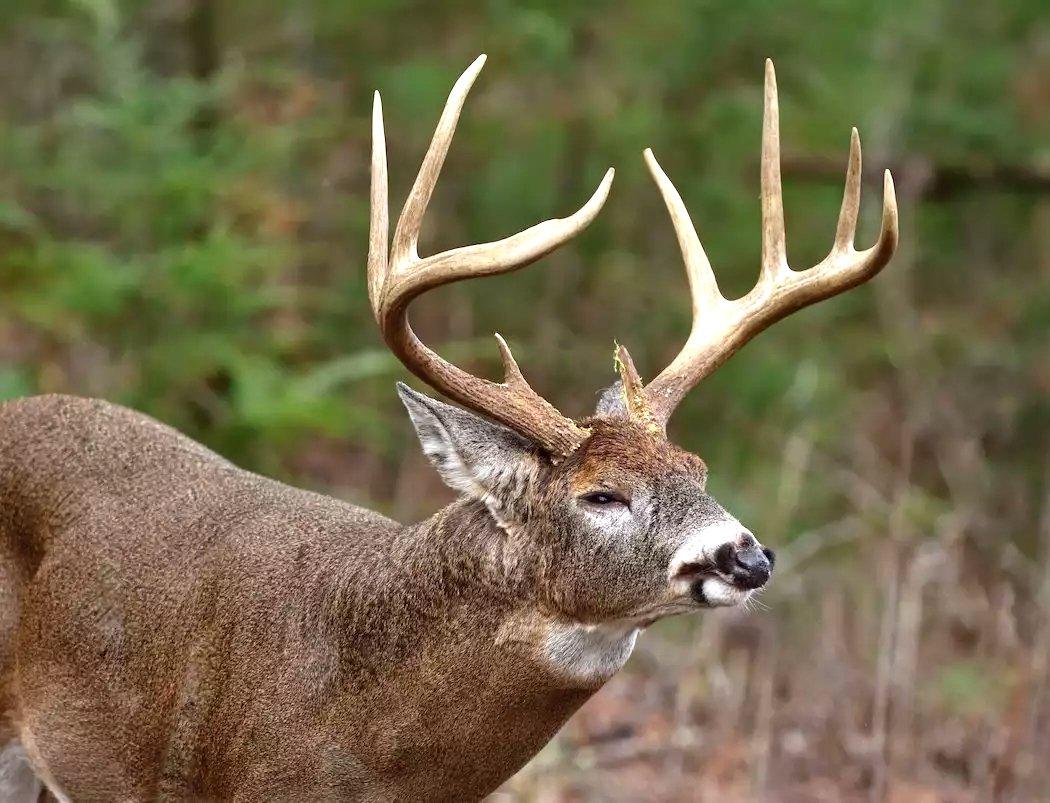
The grunt-snort wheeze happens quickly and isn't loud. A grunt-snort is coupled with a drawn-out wheezing expulsion of air through pinched nostrils. The buck's head is tilted up, with ears back and lips curled in a sneer-like facial expression. This is the most threatening call that rutting bucks direct at rivals. It often precedes an antler rush. YouTube has several live deer grunt-snort-wheeze video clips available.
STRESS YAWNING
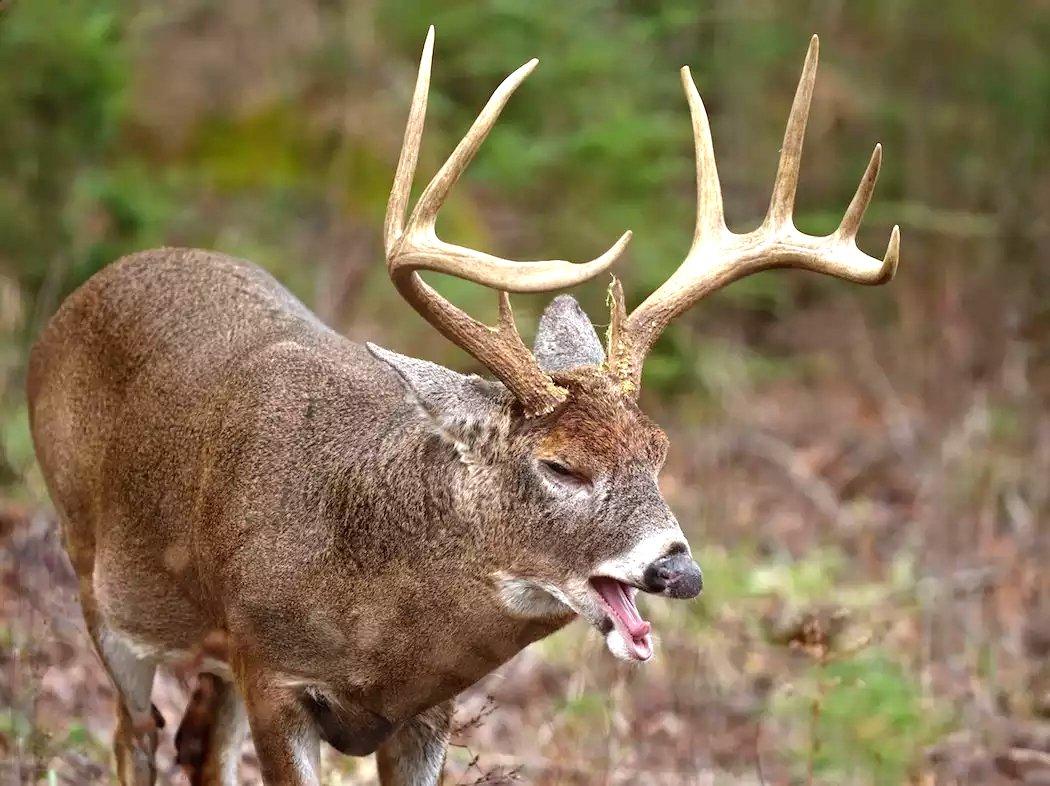
Stress yawning behavior is documented in animals such as dogs, horses and bears. I've observed yawning on two occasions when two mature bucks had an encounter during the peak of the rut. No does were present in either event. Each seemingly evenly matched pair spent up to 20 minutes in a bluff fest, pawing, rub-urinating, snort wheezing and brush-thrashing displays that eventually ended in a draw. Each time, one buck yawned several times while the other was posturing. Truthfully, it made me chuckle silently. My unscientific assessment was the buck appeared bored and unimpressed. There was never an antler rush made. Eventually the bucks deferred and exited the areas. Were the bucks' yawns due to stress or fatigue? It's likely. For sure, Mother Nature never fails to amaze and entertain.
Don’t Miss: 8 Deer Hunting Tools No One Uses Anymore




